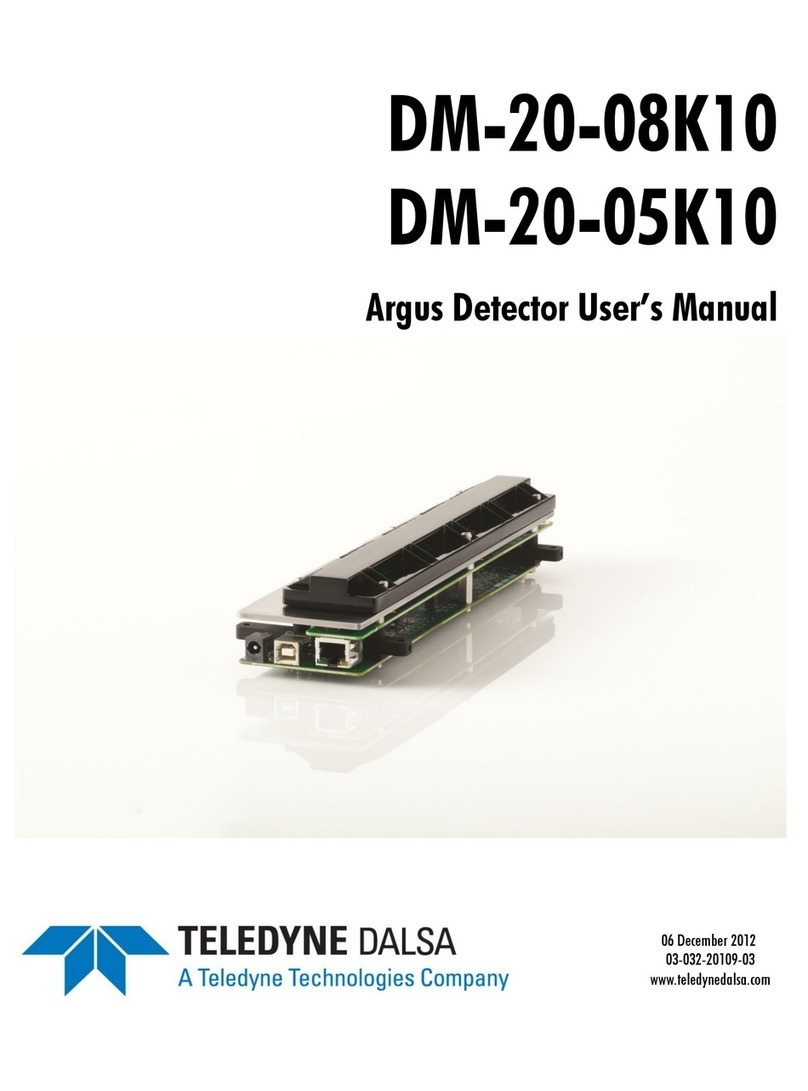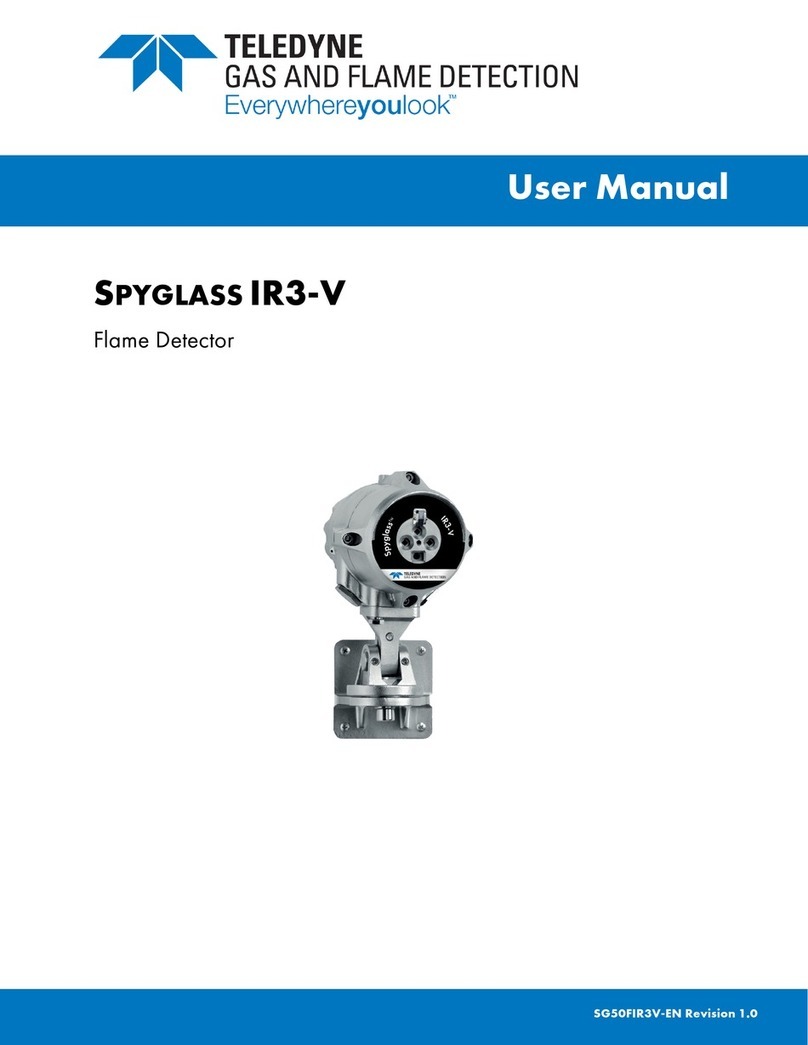
ELSD
Safety
iii
ELSD
Safety
General Warnings Before installing, operating, or maintaining this equipment, it is
imperative that all hazards and preventive measures are fully
understood. While specific hazards may vary according to
location and application, take heed of the following general
warnings:
WARNING
Liquids associated with this instrument may be classified
as carcinogenic, biohazard, flammable, or radioactive.
Should these liquids be used, it is highly recommended that
this application be accomplished in an isolated
environment designed for these types of materials in
accordance with federal, state, and local regulatory laws,
and in compliance with your company’s chemical/hygiene
plan in the event of a spill.
AVERTISSEMENT
Eviter de répandre des liquides dangereux. Les liquides qui
sont analysés dans cet instrument peuvent être
cancérigènes, hasards biologiques, inflammables, ou
radioactifs. Si vous devez utiliser tels liquides, il est très
recommandé que vous le faites à l'intérieur d'un
environnement isolé conçu pour tels liquides. Cet
environnement isolé devrait être construit selon les
règlements fédéraux, provinciaux, et locaux, aussi que le
plan de votre compagnie qui concerne l'évènement d'un
accident avec les matières hasardeuses.
WARNING
Avoid hazardous practices! If you use this instrument in
any way not specified in this manual, the protection
provided by the instrument may be impaired.
AVERTISSEMENT
Éviter les usages périlleux! Si vous utilisez cet instrument
d’une manière autre que celles qui sont specifiées dans ce
manuel, la protection fournie de l’instrument peut être
affaiblie; cela augmentera votre risque de blessure.
WARNING
If this system uses flammable organic solvents, Teledyne
Isco recommends that you place this system in a
well-ventilated environment, designed for these types of
materials. This environment should be constructed in
accordance with federal, state, and local regulations. It
should also comply with your organization’s plan































